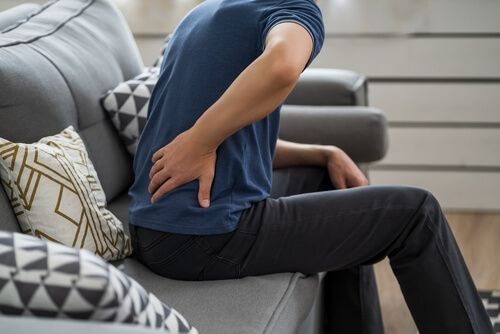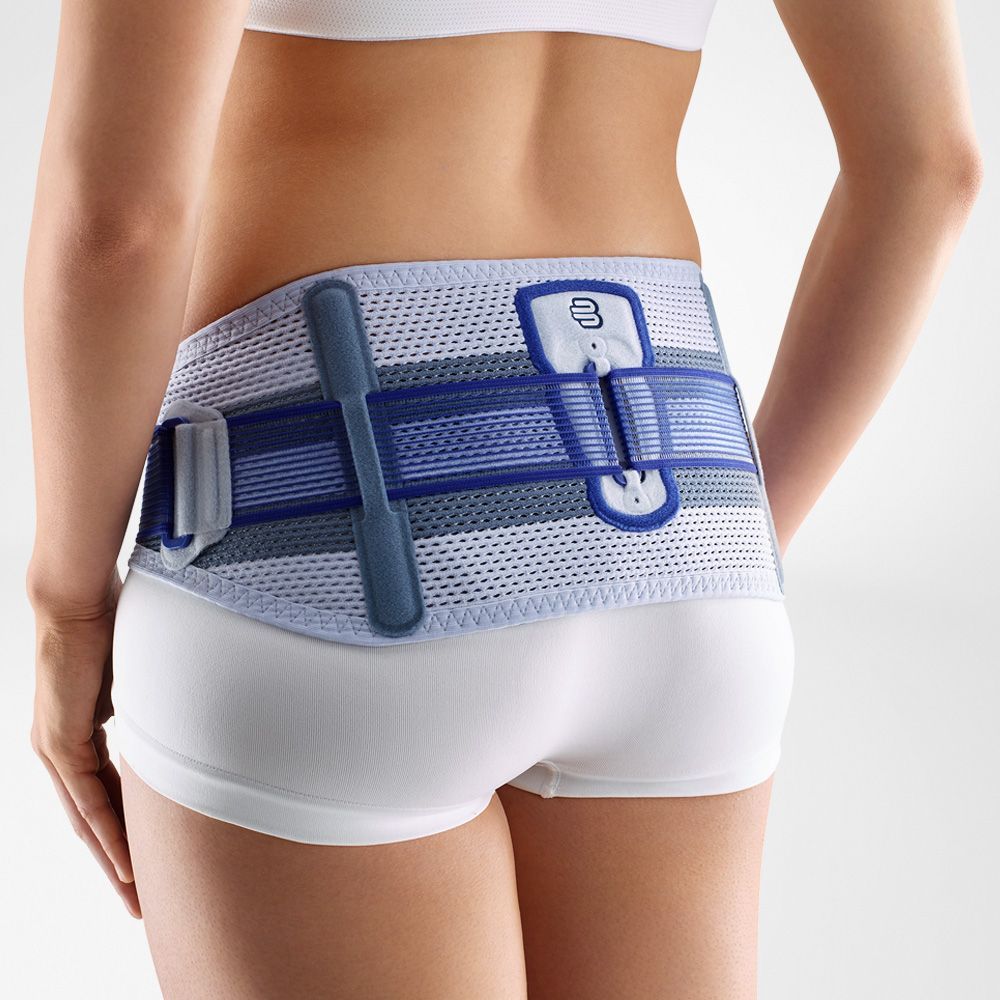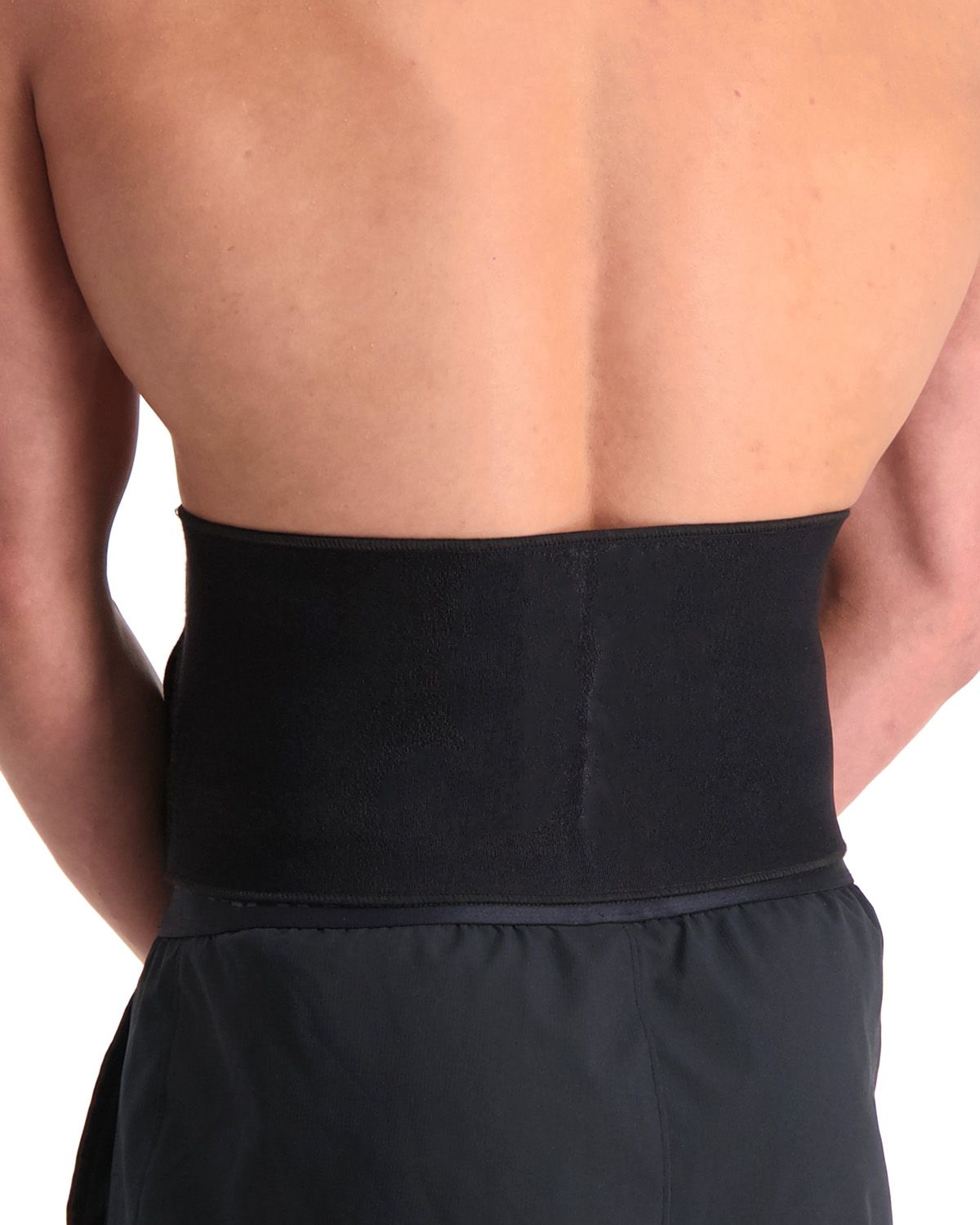Osteoarthritis - Back
Osteoarthritis in the back is a condition in which the cartilage between the vertebrae becomes damaged. Another term for osteoarthritis is joint wear. We’re happy to provide additional information about the cause, symptoms, and treatment of spinal wear and tear. Read on to learn more:
What is osteoarthritis in the back?
Osteoarthritis in the back occurs when the cartilage in the spine becomes damaged. As this cartilage deteriorates or disappears completely, the vertebrae can no longer move smoothly over one another. As a result, you may experience difficulty moving and develop pain symptoms.

What causes osteoarthritis in the back?
The exact cause of osteoarthritis in the back is not fully known. Wear and tear develop gradually over the years. While the root cause is difficult to determine, there are several contributing factors that increase the likelihood of developing spinal osteoarthritis:
- Physically demanding work
- Being overweight
- Age
- Leg length discrepancy
- Frequent and intensive sports activities
Osteoarthritis in the back typically affects individuals aged 45 and older. The condition is also more common in women than in men. Osteoarthritis is hereditary, which influences both its onset and how quickly it progresses. It can occur in the spine, but also in other areas of the body, such as the shoulder, wrist, neck, knee, elbow, and thumb.
What symptoms may occur?
The most common symptom of osteoarthritis in the back is pain, especially in the morning or after prolonged sitting. This is known as "start-up pain." In some cases, protrusions can form in the vertebrae. These may press on the surrounding nerves, causing lower back pain as well as pain in the buttocks and legs.

How is osteoarthritis in the back diagnosed?
Your doctor will ask about your medical history and perform a physical examination. An X-ray will usually be taken, and if this doesn’t provide sufficient clarity, an MRI scan may follow. In some cases, a blood test may also be performed.
What treatment options are available?
Osteoarthritis is a chronic condition and cannot be cured. Fortunately, there are several ways to relieve the pain. You may choose to take pain relievers, specifically NSAIDs such as diclofenac, ibuprofen, or naproxen. Staying active is also essential in managing pain from osteoarthritis in the back. Although you may be inclined to rest your back as much as possible, this can actually be harmful. Try to move at least 30 minutes per day, and always consult your physiotherapist.
If the above options do not provide sufficient relief, surgery may be considered. During surgery, the damaged vertebrae are fused using screws and rods. This procedure is called a spinal fusion (spondylodesis). After the surgery, wearing a back brace is recommended. A brace provides high wearing comfort and offers stability and support for your back.

McDavid 493 Back Support

LP Support Industrial Back Support

Bauerfeind Sacroloc Back Support - Pelvic Belt

Super Ortho Ceramic Magnetic - Magnetic Back Support

Bauerfeind Lumbotrain Straight Back Support
Protection level 3
Viofix Lower Back Support - Pelvic Belt

Dunimed Back Support (without Busks)

Dunimed Back Support - with Busks (Black)

Gladiator Sports Back Support

- Physiotherapist
- Sports podiatrist
- Manual therapist
- Podopostural therapist
- Myofascial dry needling specialist


